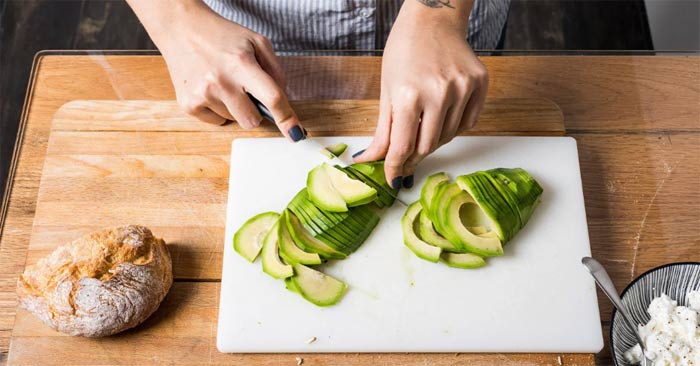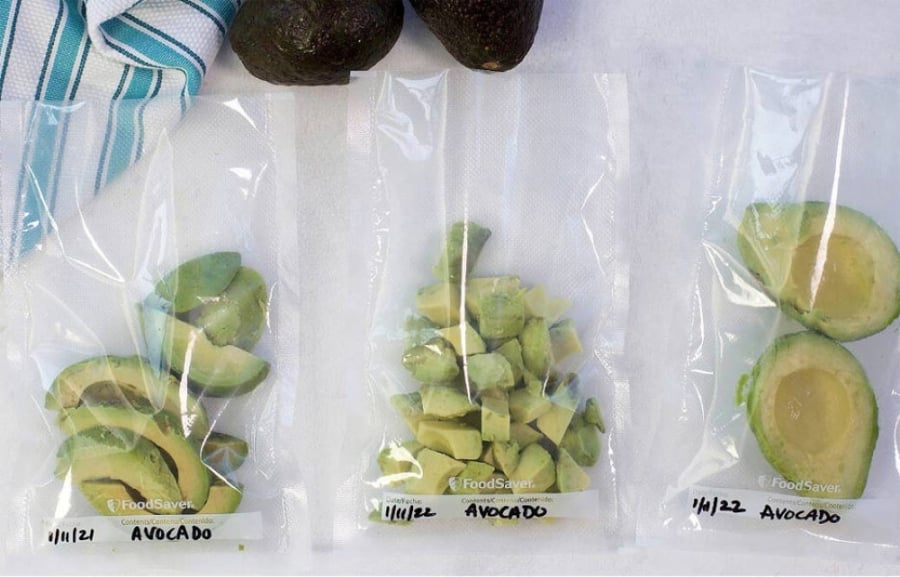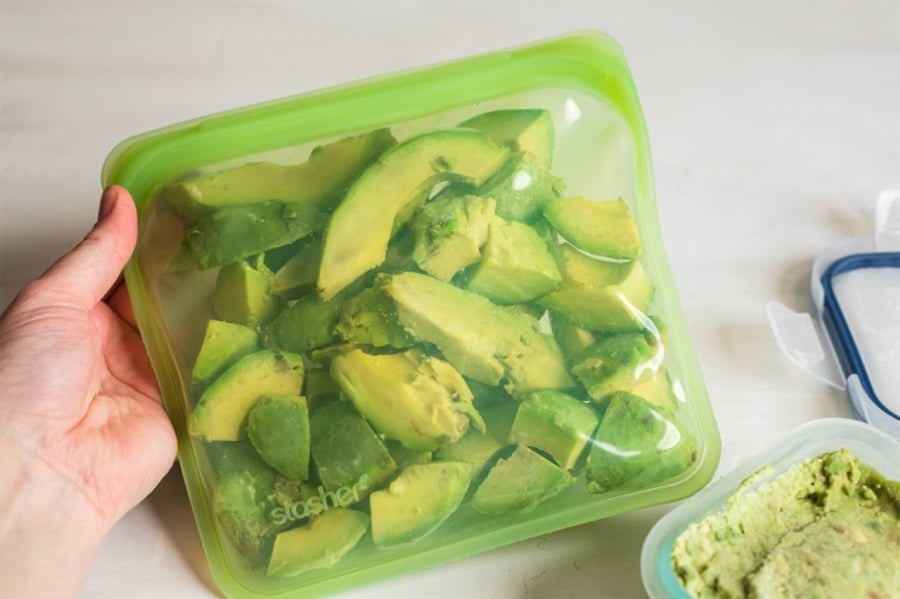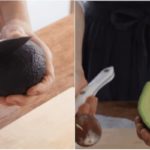While freezing can help prolong the shelf life of avocados, it may also result in some changes to their texture and nutrient content over time. Freezing exposes the fruit to oxygen, which can lead to discoloration and affect its aesthetic appeal.

1. Avocado Discoloration
Avocados turn brown when exposed to oxygen in the air. As they are typically mashed, sliced, or halved before freezing, they come into contact with air during the freezing and thawing processes.
Thawed avocados can quickly turn brown, hence the importance of proper handling and storage methods. While this browning is natural and does not affect the flavor, some may find it unappetizing.
To minimize discoloration, you can apply lemon juice to the avocado flesh before freezing. However, using lemon juice may alter the flavor slightly.
Additionally, ensure that the avocados are tightly sealed. Improper protection may result in freezer burn, causing discoloration and dryness.

2. Preventing Avocado Discoloration during Freezing
Whole avocados tend to turn brown and become mushy when thawed. Therefore, it is recommended to cut, mash, or puree them before freezing.
Freezing Halves or Slices
Start by halving ripe avocados, removing the pits, and peeling them. Optionally, you can cut them into smaller pieces. Brush or spray the peeled avocado flesh with lemon juice to prevent browning, then wrap them in plastic wrap or place them in resealable bags. Alternatively, you can use a vacuum sealer if available.
It is crucial to minimize air contact with the avocado flesh to prevent discoloration and freezer burn.
Label and date the avocados if desired, then freeze at 0°F (-18°C).
Freezing Pureed or Mashed Avocado
You can also freeze mashed or pureed avocados, or even make your own guacamole. After peeling and pitting, mash or puree the avocados by hand or using a food processor.
If making guacamole, add lemon or lime juice and any desired spices. However, avoid adding ingredients like tomatoes or onions at this stage, as they tend to release water during thawing.
Transfer the puree into containers, ice cube trays, or resealable bags, expelling as much air as possible by hand or using a vacuum sealer. Label and date the containers or bags, then freeze at 0°F (-18°C).

3. Thawing and Using Frozen Avocados
When you’re ready to use your frozen avocados, take them out of the freezer and thaw them in the refrigerator or at room temperature. Thawing typically takes about an hour at room temperature.
Thawed avocados are best suited for salad dressings, smoothies, and dishes like guacamole, dips, and spreads.
While some may find the texture and flavor changes unappealing for direct consumption or salad toppings, it’s entirely safe to do so if desired.
Seasonings and additional ingredients can help mask any softness and other changes resulting from freezing.
Freezing avocados can help reduce food waste, and you can enjoy them all year round. While most nutrients are preserved during freezing, the flesh tends to soften, and discoloration may occur during storage or thawing.
Frozen avocados are best enjoyed when incorporated into dishes like guacamole, dips, and smoothies.
The Perfect Avocado Rose: A Step-by-Step Guide
The art of vegetable and fruit carving has long been a familiar sight at gatherings and family meals. However, have you ever considered that avocados can also be transformed into decorative flowers? Not only does it elevate the visual appeal of your dish, but it also adds a touch of creativity and elegance to your culinary creations.



































